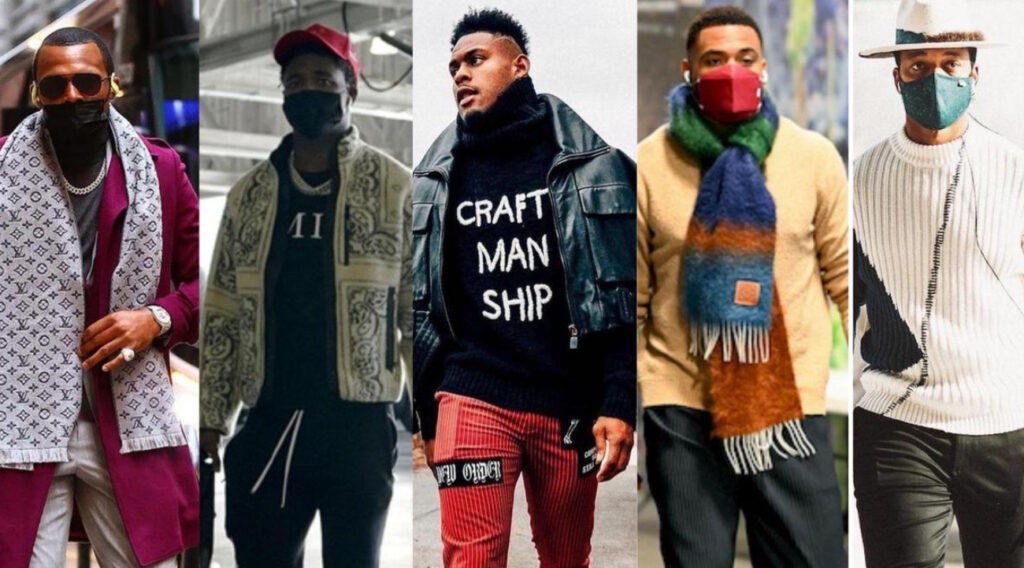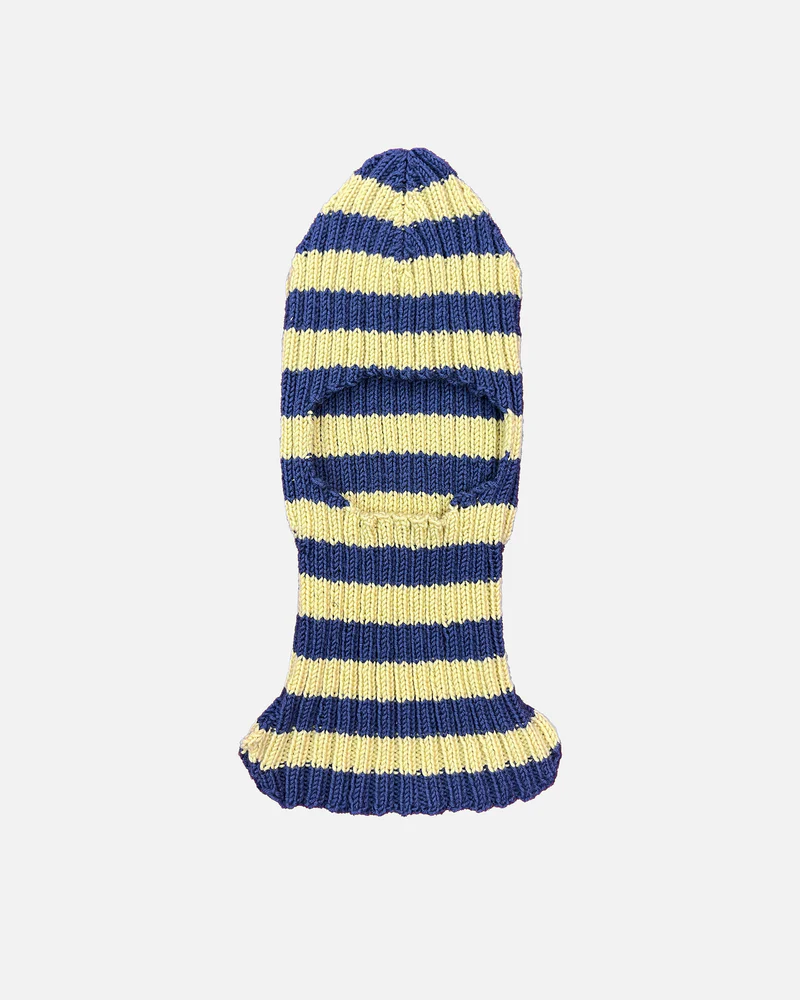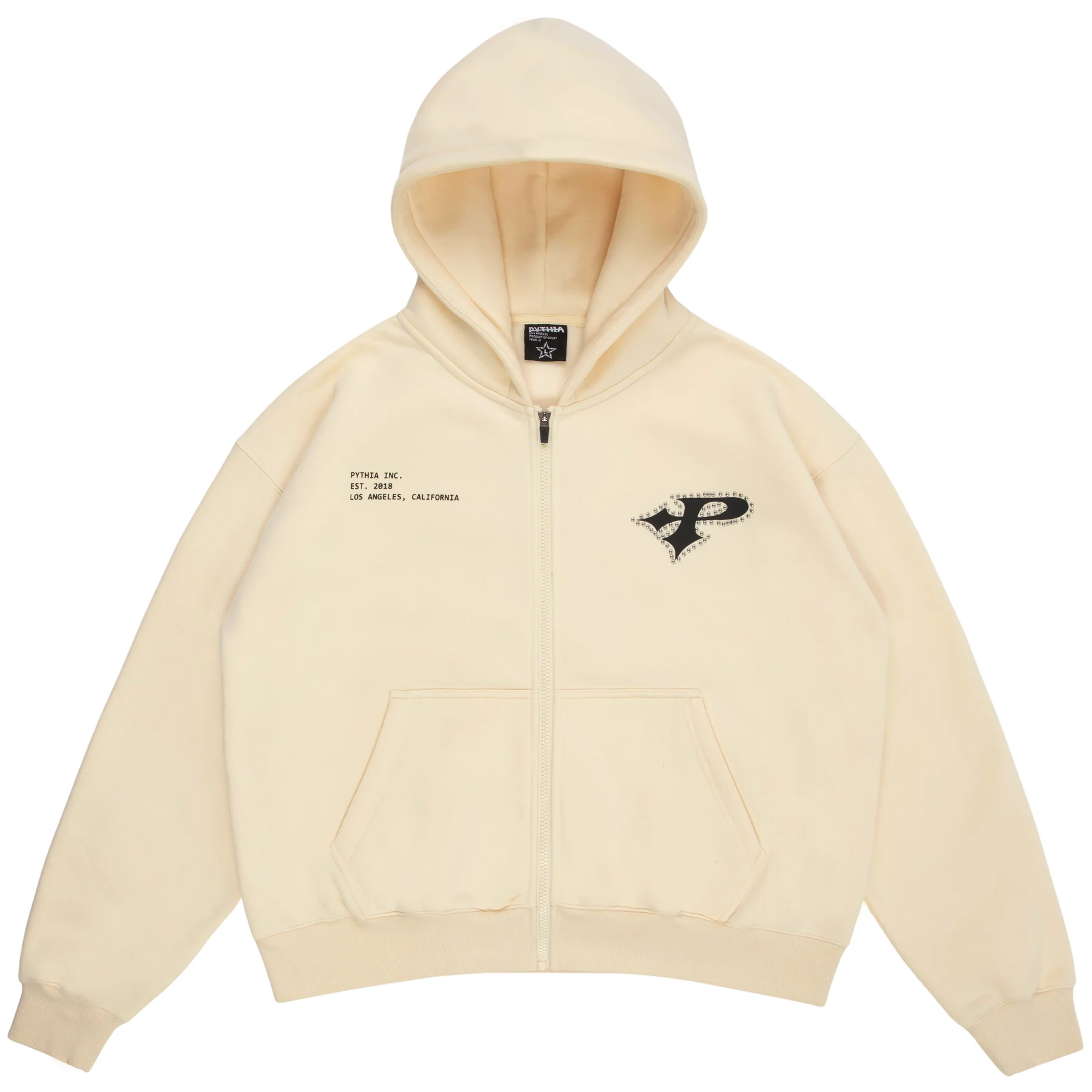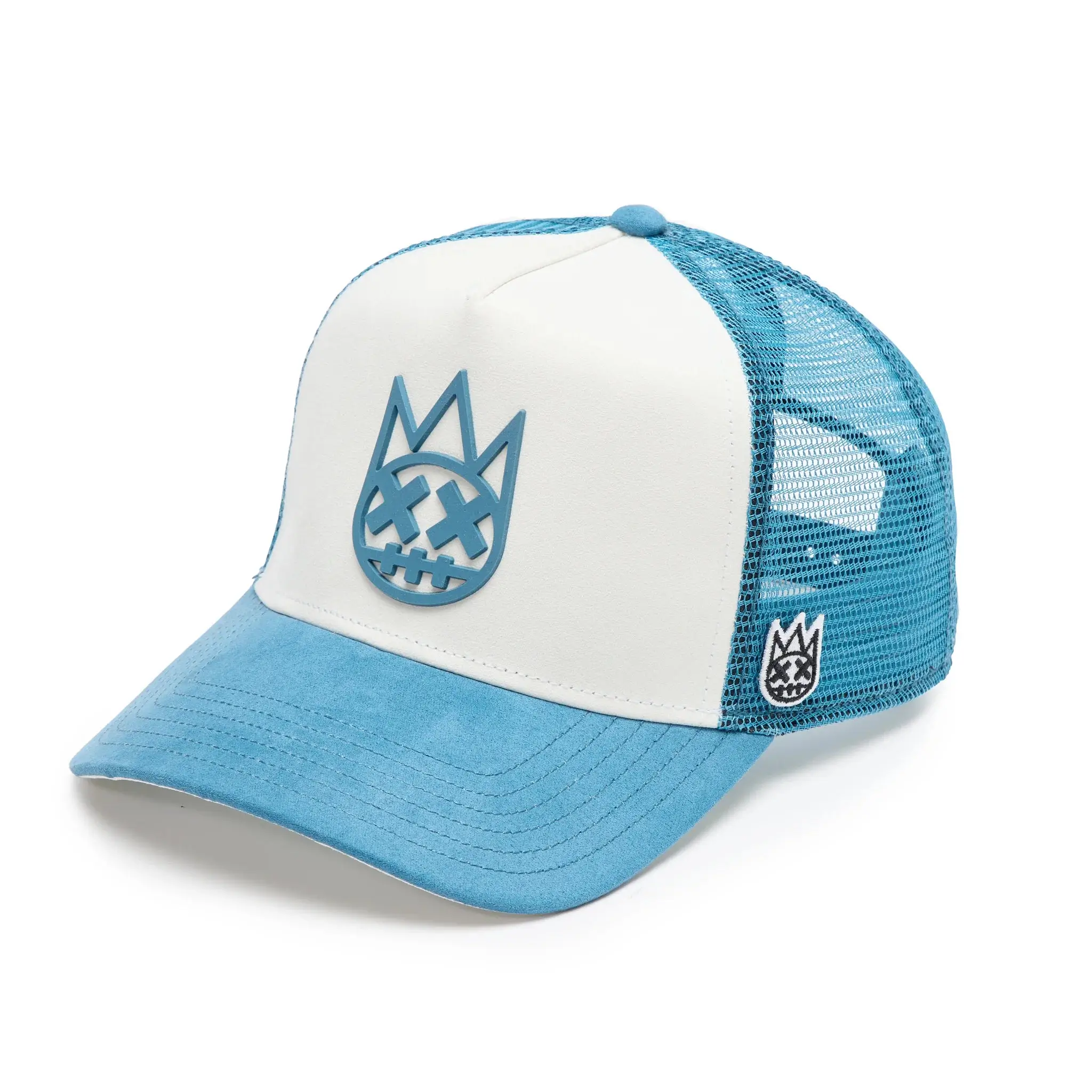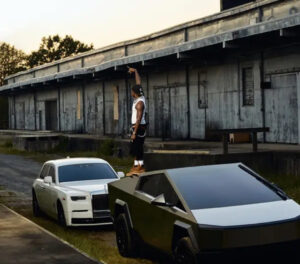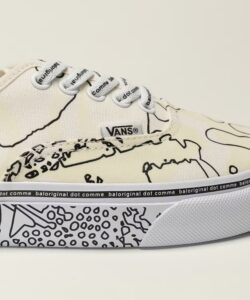When you think of the NFL, what comes to mind? Gritty tackles, roaring crowds, multimillion-dollar contracts, and legendary Super Bowl moments? Probably. But fashion? Not so much.
Yet, behind the helmets and shoulder pads, the National Football League has a dedicated fashion editor, quietly shaping how players dress on and off the field. This unexpected role blends sports, style, and pop culture in ways that many fans overlook—but which have a huge impression on the league’s image, branding, and even revenue.
From game-day fits and tunnel walks to collaborations with high-end designers, the NFL’s approach to fashion has evolved into a multi-million-dollar industry. But what exactly does an NFL fashion editor do, and why does the league care so much about what players wear?
The Rise of Fashion in the NFL
The intersection of sports and fashion isn’t new—basketball and soccer stars have long been style icons. The NBA tunnel walk is practically a runway show, with players like LeBron James, Russell Westbrook, and Shai Gilgeous-Alexander using their pre-game arrivals to showcase designer fits.
Football, however, has been slower to embrace fashion. The NFL’s strict uniform policies and emphasis on team identity left little room for personal expression. For decades, players had limited opportunities to showcase their individual style outside of post-game interviews and red-carpet events.
That changed dramatically in the 2010s, when social media and athlete-driven branding became dominant forces. As players gained more control over their public personas, fashion became a key part of their identity—and the NFL took notice.
Enter the NFL Fashion Editor
Recognizing this cultural shift, the NFL made a strategic decision: hire a fashion editor to help bridge the gap between football and style.
This position is part stylist, part brand consultant, and part trend forecaster. The role involves:
• Curating player looks for major events, including the NFL Draft, Super Bowl week, and Hall of Fame ceremonies.
• Advising players on personal style and brand-building strategies.
• Connecting with designers and fashion brands to create custom looks for players.
• Overseeing the NFL’s fashion partnerships, including flow with haute brands and streetwear labels.
The goal? To position the NFL as a cultural powerhouse that extends beyond sports—just like the NBA and FIFA have done with fashion.
How the NFL Uses Fashion to Build Its Brand
The NFL’s growing relationship with fashion isn’t just about looking good—it’s about expanding the league’s cultural influence and driving business. Here’s how fashion plays a role in the NFL’s brand strategy:
The Draft Day Suit: A Player’s First Fashion Statement
The NFL Draft is a player’s first major public appearance as a pro. Their outfit choice is carefully scrutinized by fans, media, and brands alike.
Players like Deion Sanders (1990), Cam Newton (2011), and Joe Burrow (2020) made headlines for their draft-day looks, solidifying their personal brands before ever stepping on the field. Today, the NFL works closely with designers to help players craft their draft-night aesthetics.
The Tunnel Walk: Football’s Answer to the NBA Runway
In recent years, the pre-game tunnel walk has become a fashion showcase for NFL stars. Players use their walk into the stadium as an opportunity to showcase their personal style, endorse brands, and make viral moments on social media.
• Odell Beckham Jr., known for his bold fashion choices, has turned pre-game arrivals into a personal runway.
• Travis Kelce, now a crossover star with Taylor Swift fans, has leveraged designer fits and streetwear mixology to boost his public profile.
• DeAndre Hopkins, Stefon Diggs, and Ja’Marr Chase are among the league’s most fashion-forward athletes, regularly making “Best Dressed” lists.
The NFL’s fashion editor helps guide these moments, ensuring that players’ looks align with their brands while maintaining professionalism.
Designer Collabs: The NFL Meets Luxury Fashion
Football jerseys aren’t just for game day anymore. Luxury designers and streetwear brands are collaborating with the NFL to create exclusive, high-end fashion pieces.
• Louis Vuitton x NFL: In 2022, LV designed a limited-edition NFL trophy case and custom leather goods for Super Bowl winners.
• Nike and Off-White’s football jerseys, designed by the late Virgil Abloh, brought high fashion to sports apparel.
• Mitchell & Ness streetwear collabs with hip-hop artists and athletes have revitalized retro NFL aesthetics.
These partnerships prove that NFL fashion isn’t just about uniforms—it’s about lifestyle and culture.
Celebrity Influence: The NFL’s New Fashion Icons
In an era where athletes are global influencers, the NFL is embracing celebrity culture like never before.
• Rihanna’s Super Bowl halftime show (2023) featured custom Loewe and Alaïa outfits, inspiring millions in merchandise sales.
• Jay-Z’s Roc Nation partnership with the NFL has brought a hip-hop aesthetic to the league’s branding.
• Players like Tom Brady and Russell Wilson have launched their own fashion brands, expanding the league’s presence in the style world.
With an NFL fashion editor guiding these moments, the league ensures that it stays ahead of cultural trends.
The Business of NFL Fashion: Why It Matters
The NFL’s embrace of fashion isn’t just about aesthetics—it’s a major revenue driver.
Merchandise Sales Are Bigger Than Ever
NFL jerseys, hoodies, and accessories are no longer just fan gear—they’re fashion statements. Limited-edition releases, retro throwbacks, and designer collabs have made NFL apparel a hot commodity.
• Custom jerseys and team-branded streetwear are now seen at fashion weeks, music festivals, and even red carpets.
• Players’ personal brands drive apparel sales, with fans eager to mimic their favorite stars’ tunnel-walk looks.
Expanding the NFL’s Audience
Fashion helps the NFL reach new demographics—especially younger, style-conscious fans who engage with sports differently.
• Gen Z fans follow athletes more for their lifestyle than just their stats.
• Fashion brings in a global audience, helping the NFL expand its influence beyond North America.
By embracing style, the league ensures it remains relevant in an era where sports, entertainment, and culture are fully intertwined.
Positioning the NFL as a Global Brand
The NBA has successfully used fashion to globalize its brand, with players like LeBron James and Kobe Bryant becoming international icons.
Now, the NFL is following suit. With American football growing in Europe, Latin America, and Asia, fashion is a universal language that helps the NFL connect with new fans.
The NFL’s fashion editor plays a key role in ensuring the league’s visual and cultural identity aligns with its expansion goals.
For decades, the NFL was all about the game—uniforms were standardized, and personal style was an afterthought. But in the modern era, fashion is an essential part of sports culture, and the NFL has fully embraced the trend.
With a dedicated fashion editor, the league ensures that:
Players can build strong personal brands through style.
The NFL’s collaborations with designers and celebrities feel authentic.
The league stays culturally relevant, attracting new fans worldwide.
So next time you see an NFL player rocking a designer suit on draft night or strutting through the tunnel in an eye-catching ensemble, remember—there’s a fashion editor behind the scenes, shaping the NFL’s future as both a sports league and a cultural powerhouse.
No comments yet.

